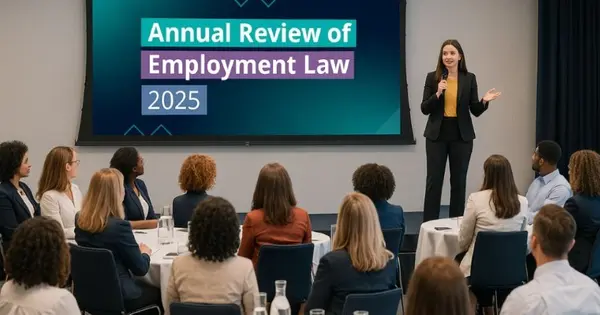Jason Elliott was called to the Bar of Northern Ireland in 2013 and is the Associate Head of School of Law at Ulster University. As a practising barrister, he has developed a largely civil practice representing individuals, companies and public bodies in litigation. This covers a wide range of areas including personal injuries, wills and employment law. In terms of employment law, he has represented both applicants and respondents in the Industrial Tribunal. At Ulster University, Jason lectures extensively on the civil areas of practise such as Equity and Trusts and delivers employment law lectures for both undergraduate and postgraduate students.
The claimant was a driver for the respondent company and had argued that he should be able to receive worker status and the benefits that would flow from such classification. The claimant was successful at both the Employment Tribunal and the EAT. The respondent appealed this decision to the Court of Appeal. The Tribunal had found that the drivers were workers and that there was an overarching contract between the driver and the company. This worked to the extent that each time the driver logged into the internal driver portal system they were undertaking to accept driving jobs offered. That meant they were entitled to be paid the national minimum wage for the time logged on.
Between the permission to appeal to the Court of Appeal and the decision there was the decision of Uber BV v Aslam [2021] where the Supreme Court confirmed worker status for those who drove for Uber. Notwithstanding that, the respondent argued that the Uber decision should be distinguished on the basis that there was no written contract between Uber and its drivers whereas there was a written contract between the drivers and the respondent in the instant case. To this end, Clause 5.2. of the contract stated that there was no obligation on the driver to provide their services and no obligation on the company to provide a minimum amount of work. The respondent further argued that the clause was not some sham designed to circumvent the classification as a worker but was actually to reflect the reality of the situation. The argument made by the respondent in this respect was misguided. As outlined by the Court of Appeal, the point made in Uber is that the court was interpreting a statute rather than a contract. Therefore, the Tribunal and EAT were correct in stating that each time the driver had logged on there was a contractual agreement in force. That was similar to that seen in Uber and therefore it was followed with worker status being recognised.
Practical Lessons
It did not take long for the ramifications of the Uber decision to be seen. This involved a very similar case with the exception that there was a contractual clause which mitigated against the recognition of worker status. However, the Court of Appeal made it clear that it was the interpretation of statute to the factual situation that the court was concerned with rather than the terms of any contract between the two parties. As a result, it reinforces the extent to which the classification of employment is one that rests on the reality of the situation rather than any contractual term that was agreed between the parties. This must be taken into account by those who are seeking to operate in the ‘gig economy’ and how it is more likely that worker status will be conferred upon those undertaking the ‘gigs’.
https://www.bailii.org/ew/cases/EWCA/Civ/2021/594.html
Continue reading
We help hundreds of people like you understand how the latest changes in employment law impact your business.
Please log in to view the full article.
What you'll get:
- Help understand the ramifications of each important case from NI, GB and Europe
- Ensure your organisation's policies and procedures are fully compliant with NI law
- 24/7 access to all the content in the Legal Island Vault for research case law and HR issues
- Receive free preliminary advice on workplace issues from the employment team
Already a subscriber? Log in now or start a free trial



